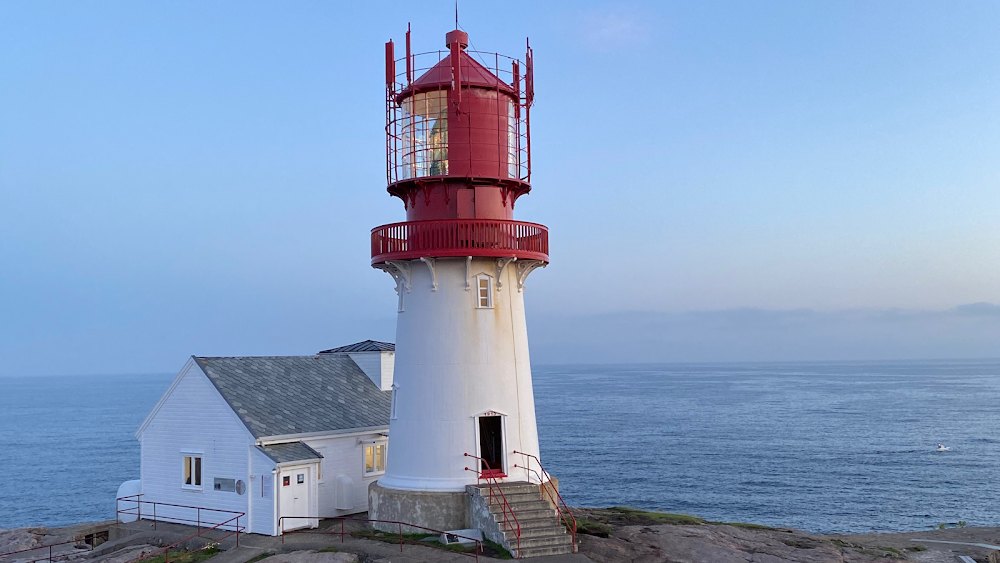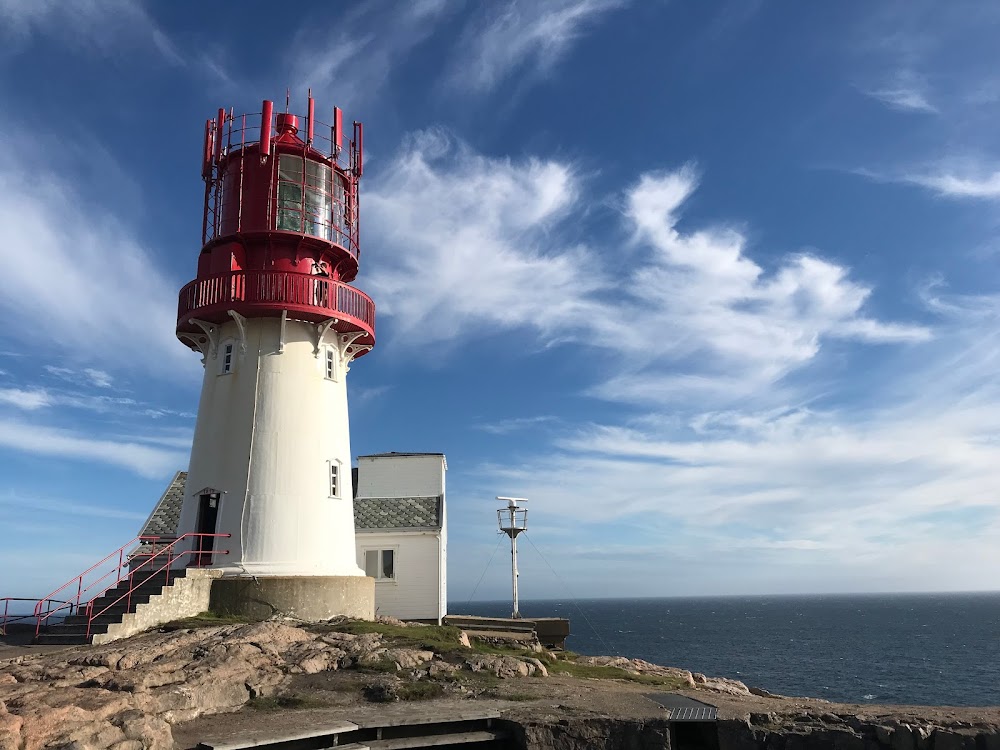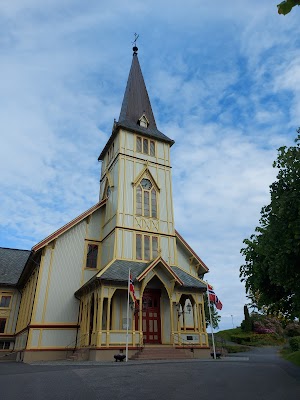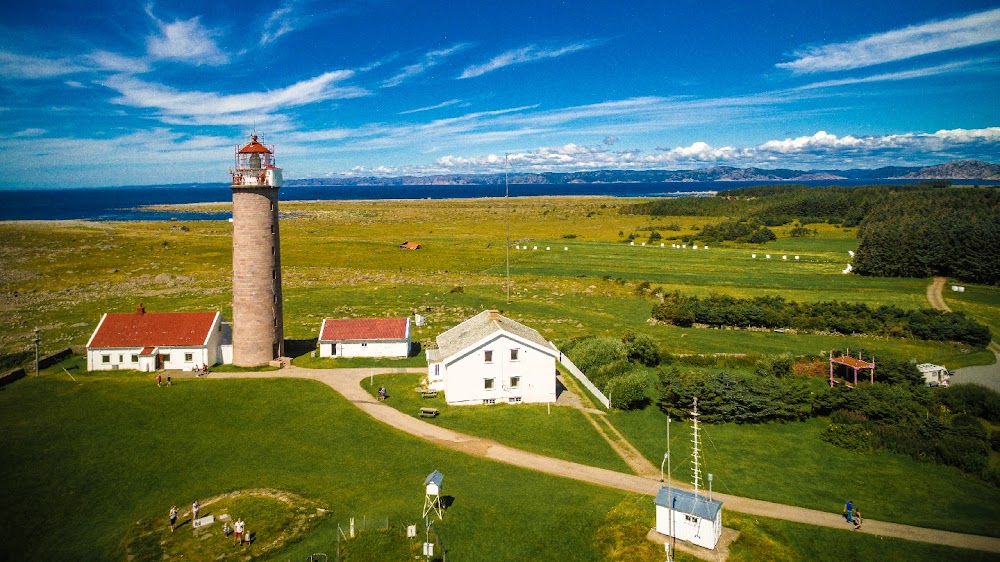Lindesnes Lighthouse (Lindesnes Fyr)
Overview
Lindesnes Lighthouse, perched at the southernmost tip of Norway in the picturesque Agder region, is a beacon of maritime history. Established in 1656, it proudly holds the title of the oldest lighthouse in the country, a testament to its enduring significance.
The need for a lighthouse at Lindesnes arose from the treacherous waters that challenged sailors navigating Norway's coastline. As trade and maritime activities flourished, the region required a reliable navigational aid. Initially, the lighthouse featured a coal fire nestled in an iron basket atop a mast, serving as a primitive yet essential guide for vessels at sea.
In 1822, the original coal fire was replaced with a coal furnace, offering a brighter and more consistent light. This upgrade marked the beginning of a modernization journey for the lighthouse. However, the coal furnace soon proved to be both inefficient and costly, prompting further improvements.
By 1854, a more robust structure was constructed to accommodate a new lens system featuring a Fresnel lens. This innovation significantly enhanced the intensity and reach of the lighthouse's beams, enabling it to withstand the harsh weather conditions that frequently battered the Norwegian coast.
The lighthouse's history took a dramatic turn during World War II when German forces occupied it, transforming it into an observation post. This period brought about notable modifications, including the addition of bunkers and defensive structures. These remnants of wartime remain today, serving as historical markers that tell the story of resilience and adaptation.
In 1915, Lindesnes Lighthouse transitioned to a paraffin lamp, which provided cleaner and longer-lasting illumination compared to its coal predecessor. The evolution of technology continued, culminating in a significant upgrade in 1920 with the installation of an electric lamp. This advancement ushered in a new era of efficiency and reliability for the lighthouse.
The automation of the lighthouse in 1988 marked the end of the era of permanent lighthouse keepers. Today, the light operates automatically, guided by advanced sensors and computer systems. Remarkably, despite these technological advancements, the overall structure and appearance of Lindesnes Lighthouse have been meticulously preserved.
Today, Lindesnes Lighthouse serves a dual purpose: it is both a vital navigational aid and a popular tourist attraction. Visitors can delve into its rich history at the on-site museum, which features exhibits on maritime history and lighthouse technology. The visitor center offers guided tours, allowing guests to ascend to the top and enjoy breathtaking panoramic views of the rugged coastline.
Additionally, the lighthouse plays an essential role in educational programs designed to teach children and adults about marine navigation, historical preservation, and the importance of coastal safety.
Despite the evolution of modern navigation technology, Lindesnes Lighthouse remains an iconic symbol of Norway's maritime heritage. Standing resiliently against the elements, it continues to guide ships safely past the rocky and hazardous coastline, just as it has done for centuries.









